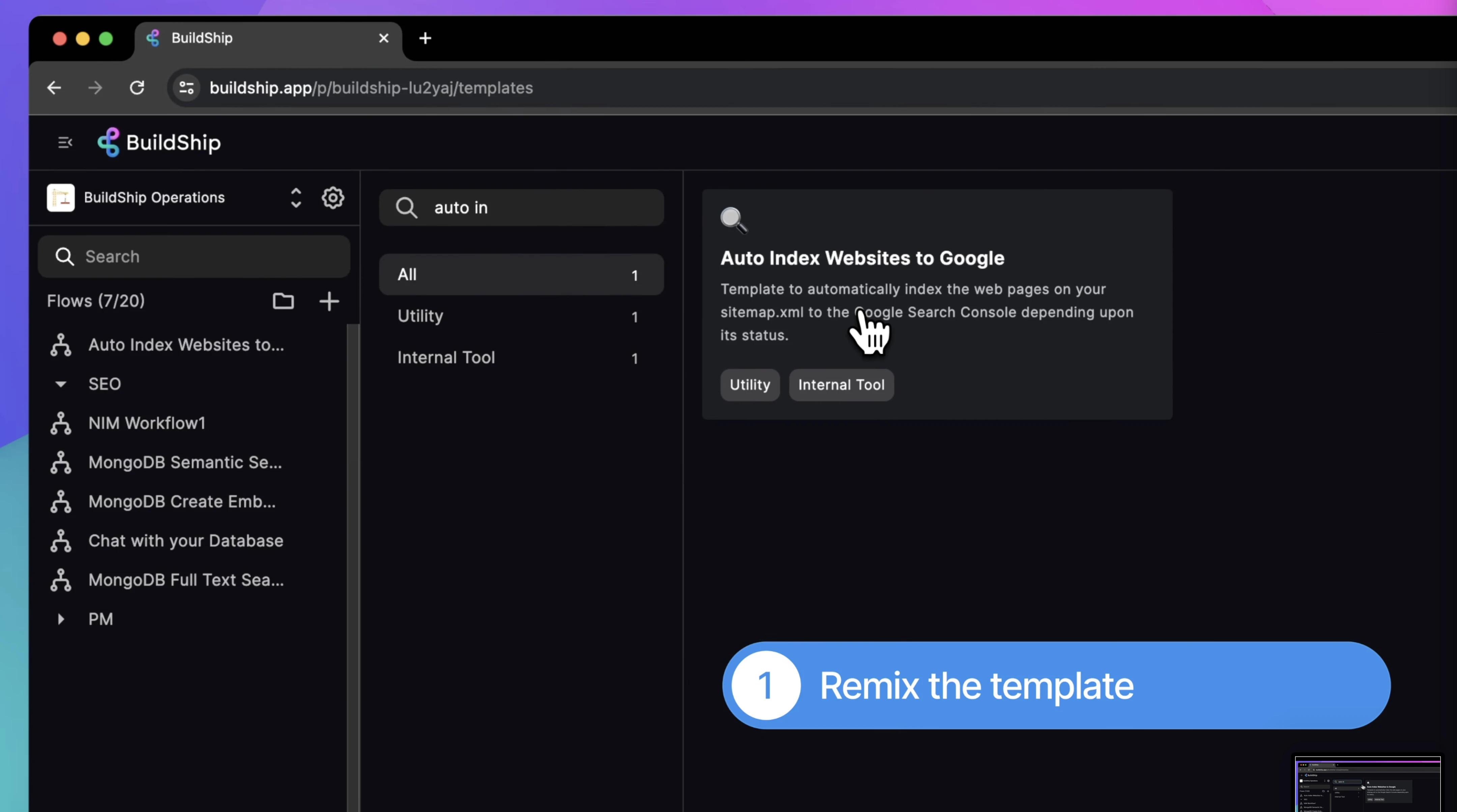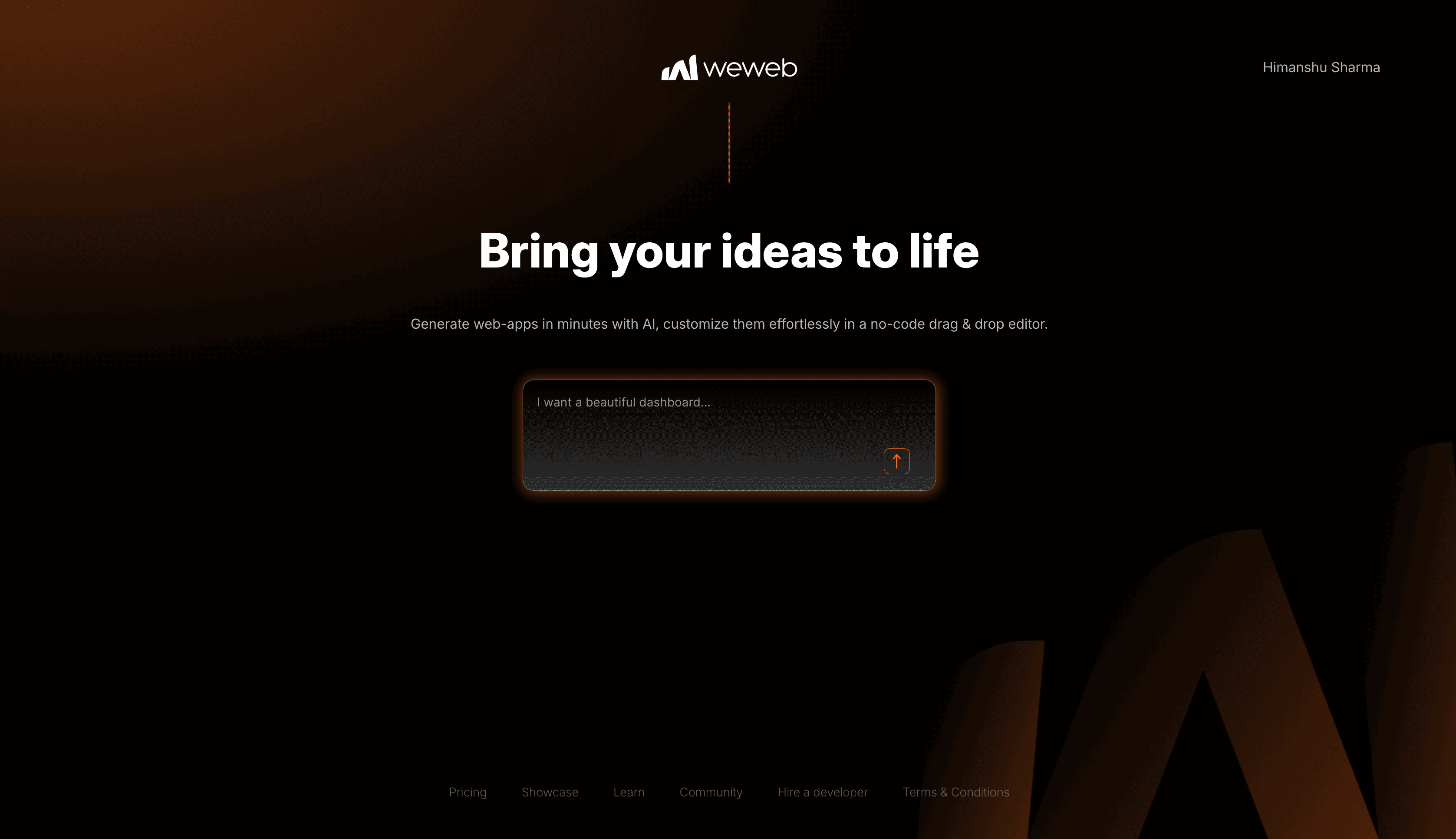BuildShip vs Xano: Pricing, Features, and Use Cases for 2025

Founders and Product Managers face a choice when building MVPs: move fast with newer AI-driven tools, or anchor the product on a platform that prioritises long-term stability.
The wrong decision can cost months of rework or force an expensive migration later.
This guide compares BuildShip and Xano in detail: costs, risks, compliance, and scalability.
TL;DR
If your product depends on AI-driven workflows or quick prototyping of AI agent features, BuildShip is usually the better starting point. Its ability to export workflows into JavaScript and run them outside the platform also appeals to teams worried about vendor lock-in.
If you need a stable, production-grade backend with a mature database, auto-generated API documentation, and enterprise features such as role-based access controls and dedicated infrastructure, go with Xano.
What is BuildShip?
BuildShip is an AI-first visual backend and workflow builder. It allows you to describe workflows in plain English, generates nodes automatically, and integrates directly with LLMs such as OpenAI and Claude.
A key differentiator is its ability to export workflows into JavaScript and self-host them, which gives you an escape hatch if you want to take control of the code.
BuildShip also has a growing library of connectors, including FlutterFlow, making it popular with teams that need AI-heavy mobile experiences.
What is Xano?
Xano is a mature no-code backend and API builder. It uses a visual Function Stack for logic, automatically generates OpenAPI documentation, and is built on top of PostgreSQL.
Xano has a strong reputation for stability and is trusted by teams scaling beyond MVPs. Its enterprise features include dedicated infrastructure, role-based access control, and compliance documentation in its public Trust Center.
Who uses BuildShip and Xano?
BuildShip calls itself an AI-first platform. If you want to move quickly, experiment with AI workflows, and connect with frontends like WeWeb, you can do so with minimal friction. For an MVP that relies on AI or automation, BuildShip often helps founders get to a working prototype in days, not weeks.
Xano, on the other hand, is built around production reliability. It appeals to teams that expect complex data models, need version-controlled APIs, and must meet compliance or enterprise requirements. It is less flashy than BuildShip in terms of AI orchestration. Still, its Function Stack, auto-generated documentation, and dedicated hosting options make it better suited for products with a clear scaling path.
Pricing
BuildShip currently has a Starter plan around $19 per month and uses a credit-based system for executions and AI calls, with top-ups starting at $1 for 10,000 credits.
Xano announced a new Starter plan at $29 per month on June 29, 2025. For most businesses, the Starter plan for both of them should be enough.
Both tools offer low-cost entry pricing, but BuildShip's AI-heavy credit model means actual costs depend heavily on workload.
Xano's fees are more transparent upfront, but grow quickly once you need Pro or dedicated infrastructure.
Database and storage
BuildShip offers a built-in database and connects to external databases like Postgres, Supabase, or Firebase. For teams already tied to a data store, this flexibility helps. The export and self-hosting features also make it possible to migrate data workflows off the platform if needed.
Xano is built directly on PostgreSQL and gives you a full relational model. Its pricing tiers include file storage quotas. For products that rely on relational queries and structured data, Xano's database is usually a stronger fit.
API builder
You can create workflows and expose them as REST or GraphQL endpoints with BuildShip. The platform exports OpenAPI or YAML specs, which you can import into frontends like FlutterFlow or Postman. For developers, the option to export the entire workflow as JavaScript is an added safety net.
Xano is REST-first. The Function Stack builds APIs step by step, automatically documenting every endpoint in OpenAPI/Swagger format. Xano can use external GraphQL APIs, even though GraphQL is not its main focus. It can also create responses that are similar to GraphQL through add-ons.
BuildShip emphasises flexibility and AI-first workflows, while Xano provides predictable, well-documented APIs suited for larger teams.
Workflows and Cron jobs
BuildShip has a strong focus on AI. You can create processes, schedule background tasks, and use AI to generate workflows from simple English prompts. Non-technical users can easily integrate AI with this.
Xano takes a more traditional path. Xano can run background jobs and async functions and give you stability. You can create cron jobs, queues, and reusable functions with predictable performance. Xano AI assistant can write Lambda functions and create SQL queries for you.
AI and automation
BuildShip clearly differentiates itself in this area. The platform is AI-first, integrating it directly with models such as OpenAI, Claude, and Replicate. Its "describe in plain English" approach allows even non-developers to create workflows. For founders experimenting with agent-style tools, BuildShip often feels tailor-made.
Xano is catching up here. In 2025, it launched AI assistants for writing SQL queries, building Lambda functions, and extending documentation. These tools help developers work faster, but Xano is not positioning itself as an AI-first backend. Instead, it focuses on incorporating AI into a stable production environment.
Integrations
Both platforms connect well with frontends. BuildShip has direct connectors for FlutterFlow and exports OpenAPI specs that you can import into most frontend platforms. If you're using WeWeb or Bubble, you will not face any issues. For teams focused on mobile AI apps, the BuildShip–FlutterFlow combination is powerful.
Xano works with FlutterFlow and WeWeb, providing guides and templates. It creates auto-generated Swagger documents that help you connect to Webflow, Bubble, WeWeb, or any frontend that uses a REST API.
BuildShip makes it simple to connect AI-driven workflows into UIs, while Xano makes it simple to integrate stable APIs into any frontend.
Collaboration
BuildShip integrates with GitHub and supports workflow versioning. You can track changes and connect exports into a CI/CD pipeline. Higher plans offer role-based controls, although the platform is still maturing in this area.
Xano has a more complete collaboration model. Teams can work in draft mode, in different environments and data sources, revert changes, and manage multiple workspaces. Its role-based access control is better suited for larger organisations with multiple developers.
Extensibility
Both platforms allow developers to avoid vendor lock-in.
BuildShip allows you to export workflows as JavaScript and run them outside the platform. You can also make custom nodes. This is attractive for teams that want more flexibility.
Xano allows custom functions, direct SQL queries, and custom Lambda snippets inside the Function Stack. For developers who want to extend within the platform, Xano feels more integrated.
Performance and scaling
BuildShip markets itself as an enterprise-grade solution, supporting background jobs and exports for scalable operations. But execution limits and concurrency depend on plan details, so teams need to confirm these directly with sales.
Xano publishes clearer scaling options. On Pro and Enterprise plans, you can get dedicated infrastructure, caching, monitor memory usage in instance dashboards, and negotiate SLAs.
Security
This is where the two platforms diverge most.
Xano publishes a Trust Center with evidence of SOC2, HIPAA, and ISO certifications. For SMBs working with enterprise customers or regulated industries, this transparency is important.
BuildShip markets compliance readiness (SOC2, HIPAA, GDPR) and offers self-hosting for teams that need tighter controls. Finding public documentation of third-party audits is not easy. You'd need to request SOC2 or ISO attestation directly from BuildShip before committing to enterprise use.
Hidden costs to watch
Even if monthly fees look similar, the actual costs often hide elsewhere.
BuildShip's credit-based pricing means heavy AI workloads can run up costs quickly. Xano's pricing can scale steeply when you move from Starter to Pro, especially if you need dedicated infrastructure. Both vendors also charge extra for enterprise features such as static IPs, SSO, or premium support.
Always test with real workloads and ask sales to model expected monthly usage.
Market adoption
Xano has a larger review base on sites like G2 and a broader community of tutorials, especially around FlutterFlow and WeWeb integrations. This gives you confidence that it is stable in production.
BuildShip is newer and has fewer third-party reviews, but it moves quickly. Its export and AI-first features are appealing, but that same pace of change means teams should test carefully before committing to large launches.
FAQs
What's the difference between BuildShip and Xano?
BuildShip is an AI-first backend and workflow builder with strong export options. Xano is a mature backend and API builder with proven enterprise features.
Which is cheaper in 2025?
BuildShip Pro is around $59 per month. Xano Starter is marketed at $29 per month, while Xano Pro is around $224 per month on annual billing.
Can BuildShip replace Xano?
For AI-heavy prototypes, consider including BuildShip in your tech stack. For relational databases, compliance, and long-term scaling, Xano is usually the safer choice.
Which integrates better with WeWeb?
Both integrate well. But Xano has native plugins, official guides, and templates.
How to decide?
Do you need AI and LLM workflows as a first-class capability? Choose BuildShip.
Do you need enterprise SLAs and published compliance certifications? Choose Xano.
Are you building with WeWeb? Both integrate but Xano has a native plugin.
Suggested reading: WeWeb and Xano
Conclusion
Both BuildShip and Xano can take you from MVP to scale, but they serve different priorities.
BuildShip is faster for AI experimentation and gives you flexibility through export options. Xano provides stability, documentation, and compliance maturity for production systems.
Many teams end up using both. BuildShip for AI orchestration and Xano for core data and APIs.
If you are still unsure, test both with a one-week checklist: build an authenticated endpoint, run a background job, integrate with your frontend, and check compliance documentation. The results will make the choice more straightforward for your product and your budget.
Work with a trusted WeWeb agency
WeWeb is a powerful low-code tool. But using it well takes expertise.
We help teams design, build, and scale apps with WeWeb. From dashboards to SaaS, we have done it before.
Want software that moves the needle?
We’ve helped ops teams, marketing leads, and SaaS founders build software that scales.





